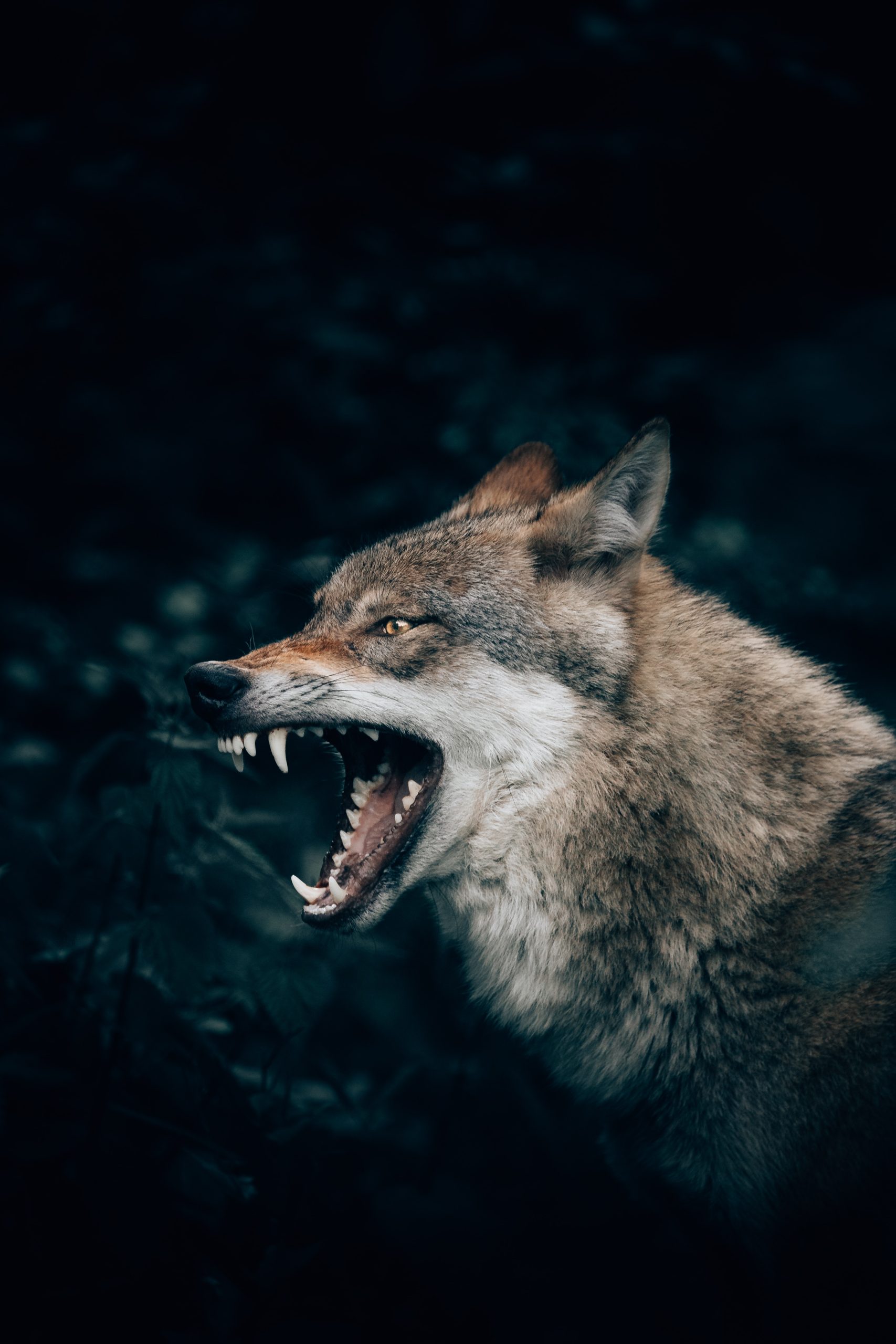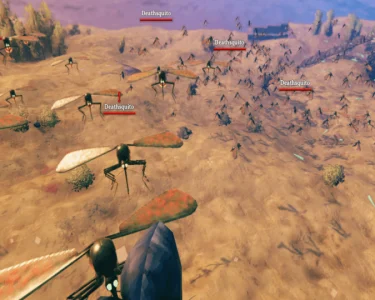Introduction: Wolves – Fabled Companions and Enigmatic Strangers
Wolves have danced through the annals of human history, from revered companions in folklore to enigmatic figures in the wild. Join us as we traverse the landscapes of both myth and reality to explore the intricate tapestry of human-wolf interactions.
Knowledge Source: Dr. Sophia Anderson – Folklorist and Wolf Historian Dr. Sophia Anderson’s extensive research on the cultural and historical significance of wolves in human narratives enriches our exploration into the world of human-wolf interactions.
Wolves in Folklore: Mythical Companions and Adversaries
Wolves have held a prominent place in the folklore of countless cultures, often embodying a spectrum of symbolic meanings.
Dr. Sophia Anderson: “Wolves are the archetypal figures of folklore. They are seen as both protectors and tricksters, embodying the wild and the unknown.”
Little Red Riding Hood and the Big Bad Wolf
One of the most iconic wolf tales, “Little Red Riding Hood,” has permeated popular culture for generations. The story, while cautionary, underscores our fascination with wolves as both dangerous and alluring.
Dr. Sophia Anderson: “This tale reminds us of the dual nature of wolves in our narratives. They are portrayed as both threats and symbols of the wild.”
Reality vs. Myth: Challenges of Coexistence
While folklore often portrays wolves in a mythical light, real-life interactions between humans and wolves are marked by complex challenges.
Dr. Sophia Anderson: “Coexisting with wolves is a delicate balance. Human-wolf conflicts arise due to concerns about livestock, safety, and the preservation of wilderness.”

Lessons from Coexistence Efforts
Efforts to mitigate human-wolf conflicts and foster coexistence have yielded valuable lessons.
- Education and Outreach: Public awareness and understanding are essential for peaceful coexistence. Education programs help dispel misconceptions and promote tolerance.
- Non-Lethal Methods: Implementing non-lethal methods such as guardian animals and better livestock management reduces conflicts while preserving wolf populations.
The Resilience of Wolves
Wolves, despite their historical vilification and the challenges they face, have displayed remarkable resilience in re-establishing themselves in various regions.
Dr. Sophia Anderson: “Wolves are survivors. Their ability to adapt to changing environments and rebound from near extinction is a testament to their importance in ecosystems.”
Conclusion: Bridging Myth and Reality
The complex relationship between humans and wolves spans from the pages of folklore to the wilderness of reality. As we bridge the gap between myth and fact, we recognize the significance of coexisting with these enigmatic creatures while honoring their place in our shared narratives.




